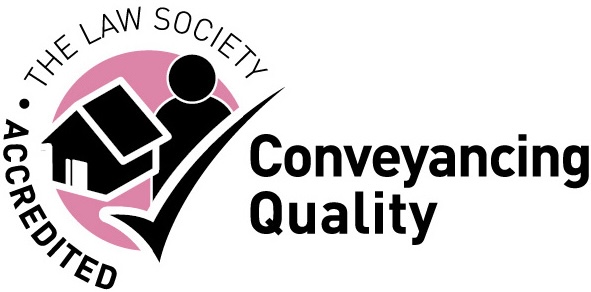A recent case has emphasised the need to be clear when dealing with property fixtures and fittings.
A couple has fought for nine years to have their property’s fixtures and fittings returned to them after the seller stripped it bare.
Martin and Sarah Caton purchased a £1.5 million Grade II*-listed mansion in Cornwall in 2014 from Dr Mark Payne. On moving in, they found that workmen had been instructed to remove doors, windows, floors, fireplaces, plumbing, electrics, stained-glass windows, baths and some of the original wood panelling in the Jacobean library, carved by the firm that rebuilt the Houses of Parliament.
The seller had also removed the staircase from the clock tower and much of the interiors of the 13 holiday homes also included in the sale. A pillar at the end of the drive had been removed to allow buildings’ lorries in to carry everything away.
The purchasers had hoped to operate the estate as a wedding venue and were distraught to find it looking like a war zone. It took them nine years to have the contents returned to them and they estimate they have had to spend £1.5 million carrying out repairs.
What is the law regarding fixtures and fittings?
When a property is sold, the sellers will normally complete a fixtures and fittings form showing what will be included in the sale. It is also an option to include an inventory if a property is substantial. This information will form part of the contract and the buyers will be entitled to receive everything that is included. If anything is missing, then the seller is in breach of contract and the buyer can make a claim against them.
It is open to the seller to offer certain items for sale if they wish. If the buyer agrees to purchase an item, this must be clearly set out in the contract.
What are fixtures and fittings?
Fixtures are items that are attached to the building or the land, such as integrated appliances, kitchen units, carpets, doors, built-in wardrobes and the central heating system.
Fittings are items that are not attached or that are only attached by screws or nails. Examples include mirrors, pictures, freestanding white goods such as fridges, freezers, dishwashers and washing machines that are not built-in or integrated and furniture and beds.
It is open to the seller to include white goods in the sale if they wish. As a purchaser, you should check carefully what is included. Unless it specifically says that something is included, you should check or assume that it will not be left.
Certain items should be left, such as carpets, curtain poles, light fittings, sockets and the doorbell. If a seller wishes to remove a light fitting, it should be left in a usable state by replacing it with a ceiling rose, flex, bulb holder and bulb and the seller should be made clearly aware that this is what will happen.
By making sure that accurate and transparent information is provided at the outset, misunderstandings and disputes can be avoided. It will also help buyers know what they can leave behind in their own sale.
Contact us
If you would like to speak to one of our expert property lawyers, ring us on 0333 3055 189 or email us at info@lpropertylawyers.co.uk

